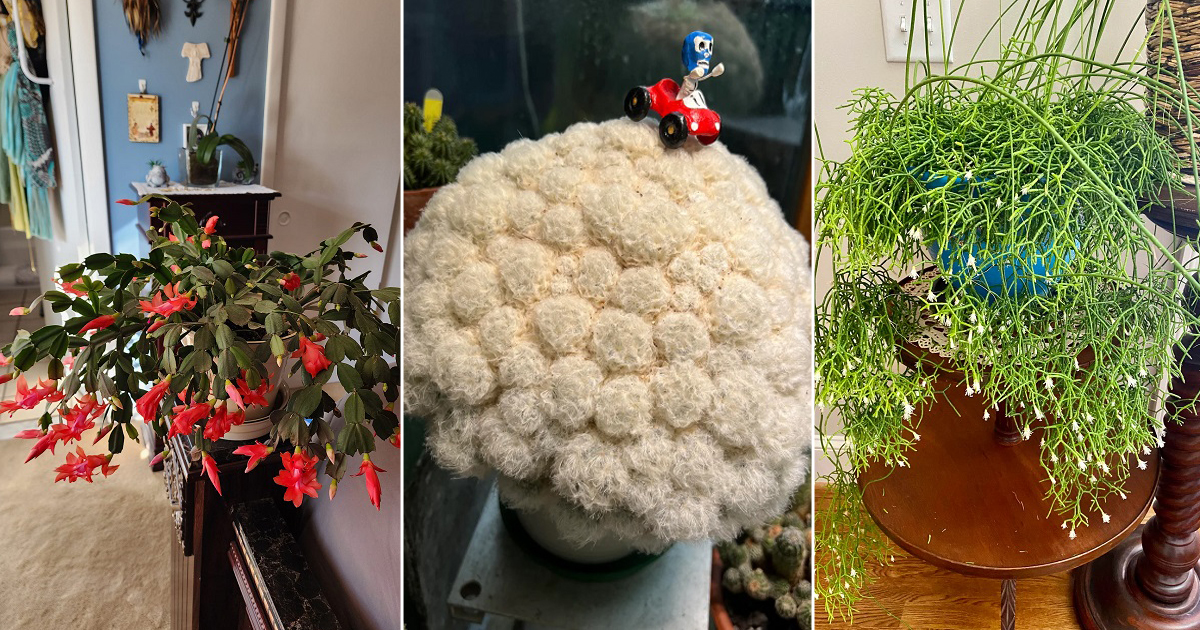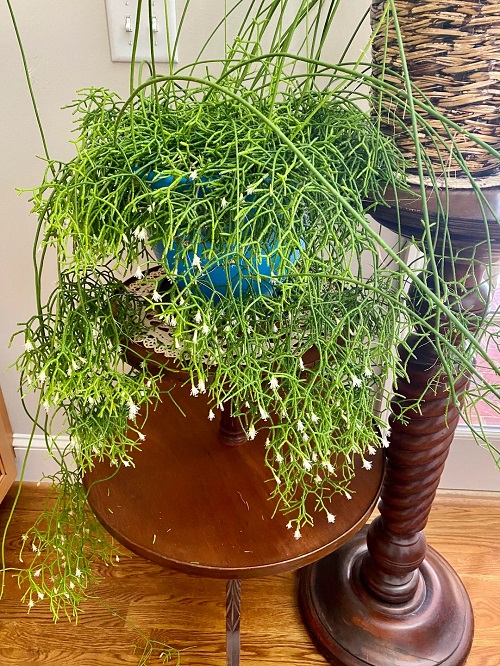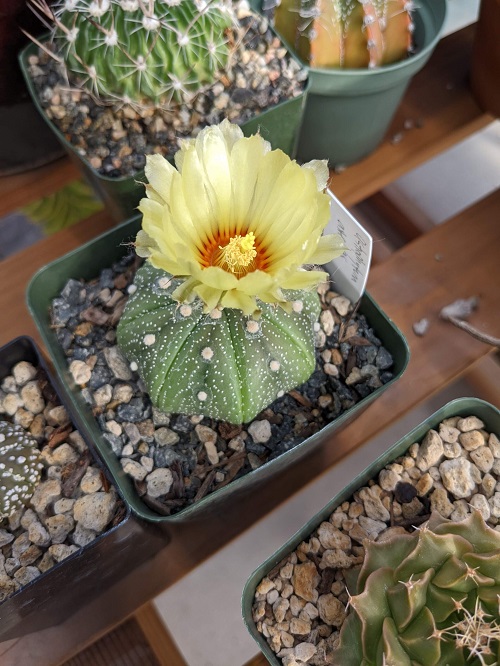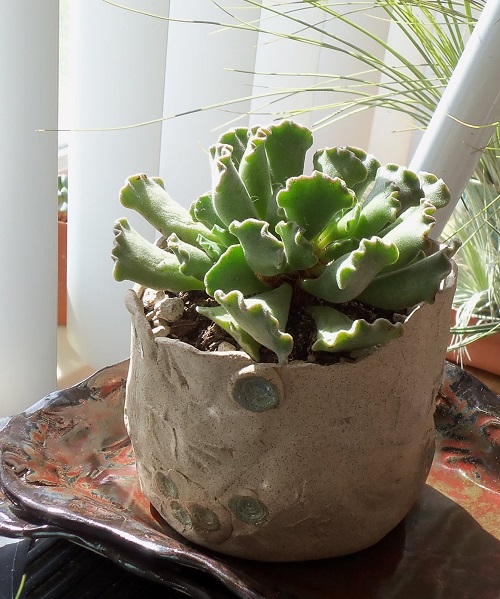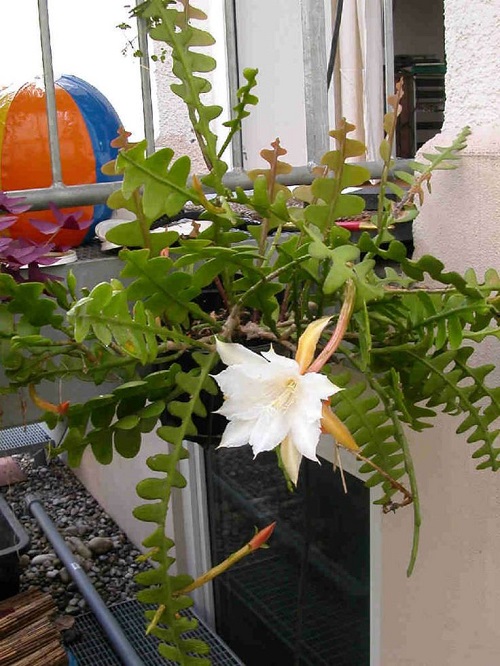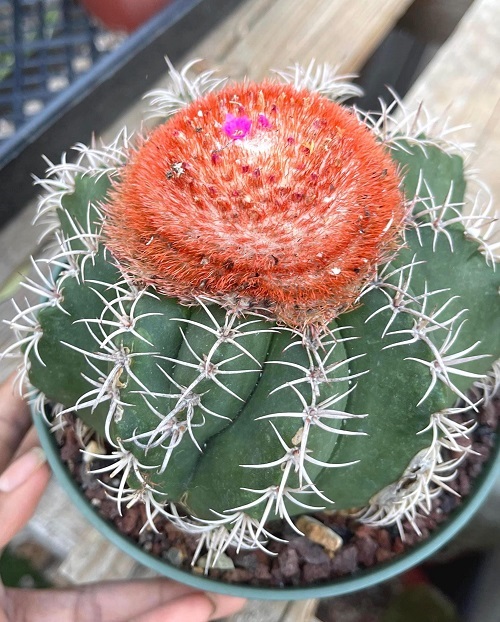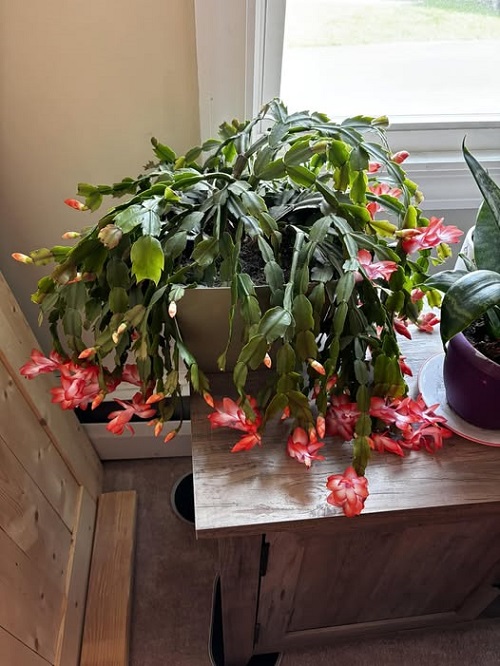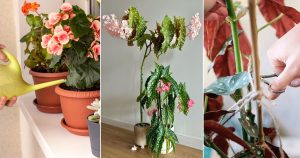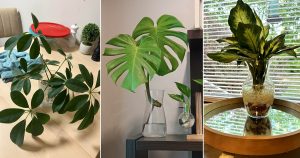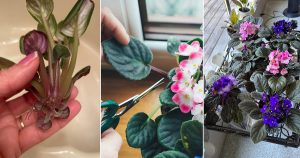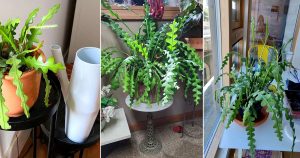Explore Cactus Varieties that Actually Prefer Indoor Conditions and need little care. Great for beginners and busy plant lovers alike.
When most people think of cacti, they picture hot deserts and blazing sun. However, not all cacti thrive in those extreme conditions! Some varieties are better suited to indoor life, where light is softer, temperatures are more stable, and humidity is slightly higher. These types of Cactus Varieties that Actually Prefer Indoor Conditions.
Cactus Varieties that Actually Prefer Indoor Conditions
1. Christmas Cactus (Schlumbergera bridgesii)
This cactus originates from the humid forests of Brazil and thrives in bright, indirect light. Unlike typical spiky cacti, it has flat, smooth segments and blooms in winter with stunning red, pink, or white flowers. It prefers moist conditions more than desert types, so avoid letting it dry out completely.
2. Easter Cactus (Hatiora gaertneri)
The Easter cactus is similar to the Christmas cactus but blooms in spring. It prefers a humid environment and indirect sunlight. The star-shaped flowers add a cheerful touch to indoor spaces. Perfect for hanging baskets or window sills with filtered light.
3. Mistletoe Cactus (Rhipsalis baccifera)
Native to rainforests, the mistletoe cactus grows in tree branches and loves humidity and shade. It has long, trailing stems that look great in hanging pots. No spines, so it’s safe around kids and pets. This cactus prefers soft, filtered light and slightly moist soil.
4. Bunny Ear Cactus (Opuntia microdasys)
This cactus gets its name from the shape of its pads, which look like bunny ears. It prefers bright but indirect sunlight and can adapt to indoor light easily. It needs very little water and should be handled with care—those tiny spines can stick to your skin!
5. Old Lady Cactus (Mammillaria hahniana)

Covered in white fuzzy hair and pink blooms, this round cactus is both cute and tough. It enjoys lots of light but doesn’t like direct midday sun indoors. Water sparingly and let the soil dry out completely between waterings.
6. Moon Cactus (Gymnocalycium mihanovichii)
This colorful cactus is often seen with a bright red, yellow, or pink top. It’s actually two cacti grafted together! It’s small, thrives indoors with indirect light, and needs very little water. It’s great for desks and shelves where space is tight.
7. Feather Cactus (Mammillaria plumosa)
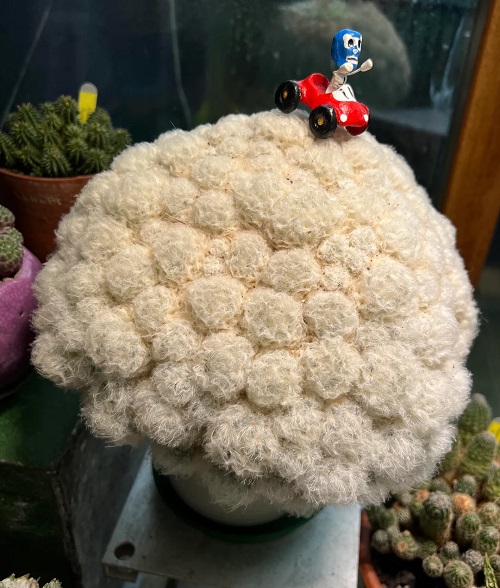
This cactus has a soft, feathery look and prefers indirect light, making it ideal for indoor spots. It rarely blooms indoors but still adds a delicate beauty to your room. Water only when the soil is completely dry.
8. Star Cactus (Astrophytum asterias)
Small and spineless, the star cactus is shaped like a button with white dots arranged like a star. It’s perfect for sunny windows indoors and needs minimal care. Let the soil dry between watering and don’t let it sit in water.
9. Budda’s Temple
How amazing is this? This succulent grows in a shape that looks like tiny columns from an old temple. It needs bright light to stay healthy. It can grow pretty pink flowers, but it doesn’t bloom often indoors.
10. Tiger Jaws (Faucaria tuberculosa)
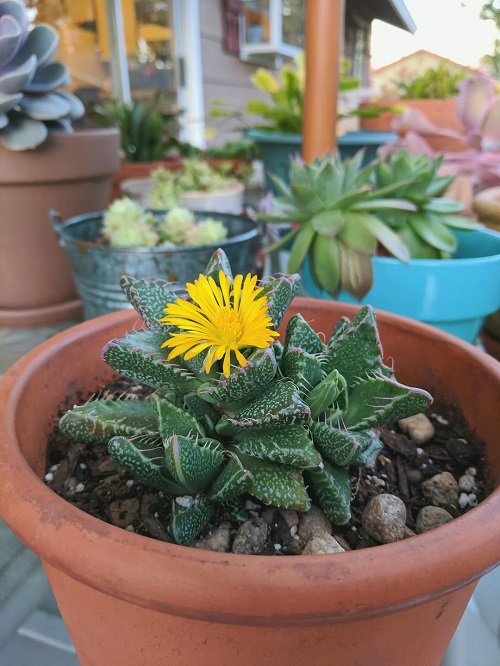
This succulent has leaves that look like little jaws, which is how it got its fierce name! But its spines are softer than most. It grows in small clumps. Keep it in bright, indirect light and only water when the soil is fully dry.
11. Crinkle Leaf Plant (Andromischus cristatus)
The crinkle leaf plant is a cute succulent from South Africa, and its name fits perfectly! It grows slowly but can reach up to 18 inches tall. It likes bright light and needs the soil to dry out completely before watering again.
12. Rainbow Hedgehog (Echinocereus rigidissimus)
The rainbow hedgehog cactus has a round shape and a cool pattern of spines, just like its name suggests! Its colors change from pink to yellow as it gets older. It needs bright light to grow bright pink flowers. Water it only a little, as it likes dry conditions.
13. Ric Rac Cactus (Epiphyllum anguliger)
This one is also called the fishbone cactus. It grows well indoors, especially near a sunny window. It has beautiful, sweet-smelling flowers that bloom at night, but these are rare indoors. Give it bright, indirect light and water when the soil is mostly dry.
14. Lithops (Lithops spp)

Lithops, also called living stone plants, are a type of succulent. They like the same care as most cacti—lots of direct sunlight and very little water. Plus, they’re super cute!
15. Turk’s Cap Cactus (Melocactus spp)
This small, cute cactus looks like it’s wearing a tiny hat! It needs lots of sunlight to grow well. Only water it when the soil is completely dry. Too much water can harm it, so it’s better to keep it on the dry side.
16. Organ Pipe Cactus (Stenocereus thurberi)
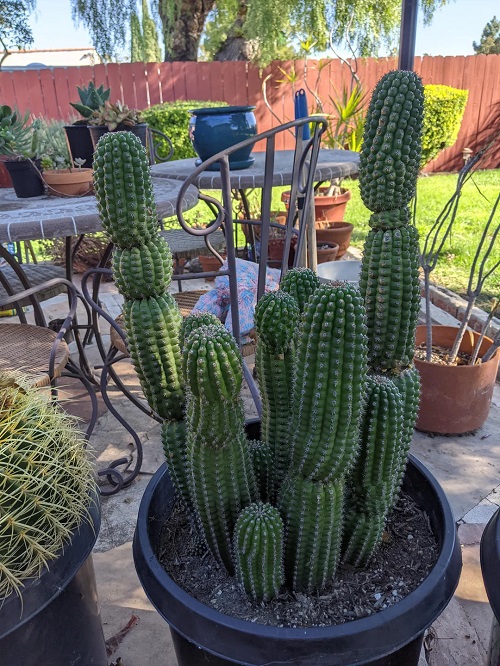
The organ pipe cactus has a distinctive shape that resembles organ pipes. It needs full sunlight to grow well. Water it only when the soil is almost completely dry, and refrain from watering it during winter.
17. Little Mouse (Rebutia miniscula)
This small cactus grows in little clumps and looks super cute! It can look a bit different from plant to plant, but it usually has round shapes and narrow, funnel-shaped flowers in red, yellow, orange, or white. Water the soil when it is mostly dry.
18. Cereus Cactus (Cereus peruviana)
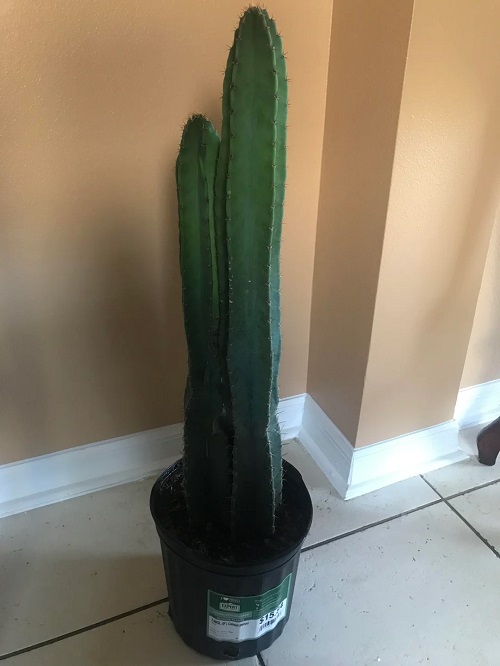
The cereus cactus grows tall and straight. It likes very dry conditions. Give it bright, direct sunlight and only water it when the soil is completely dry.
19. Scarlet Ball (Parodia haselbergii)
This small round cactus is covered in fine spines that make it look a bit fuzzy. Its bright orange-red flowers stand out beautifully against the white spines. It likes lots of sunlight and only needs water once in a while.
20. Thanksgiving Cactus (Schlumbergera truncata)
The Thanksgiving cactus is a long-living plant without sharp spines, so it’s safe to grow around kids and pets. With good care, it can live for many years.
It’s closely related to the Christmas cactus, which is harder to find because it’s more delicate, and the Easter cactus, which has more star-shaped flowers.
All three types need the same care. Provide them with bright light during the day and complete darkness for 12 to 14 hours each night, starting in the fall, to help them bloom again. Water only when the soil is mostly dry.

